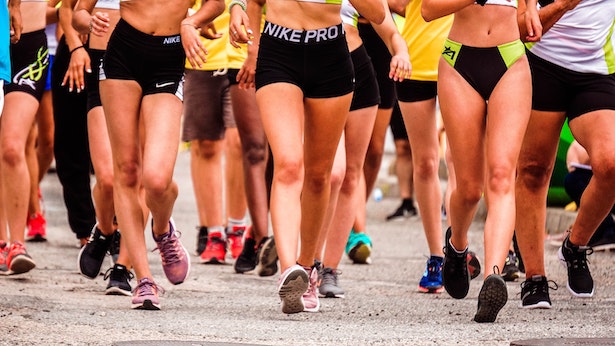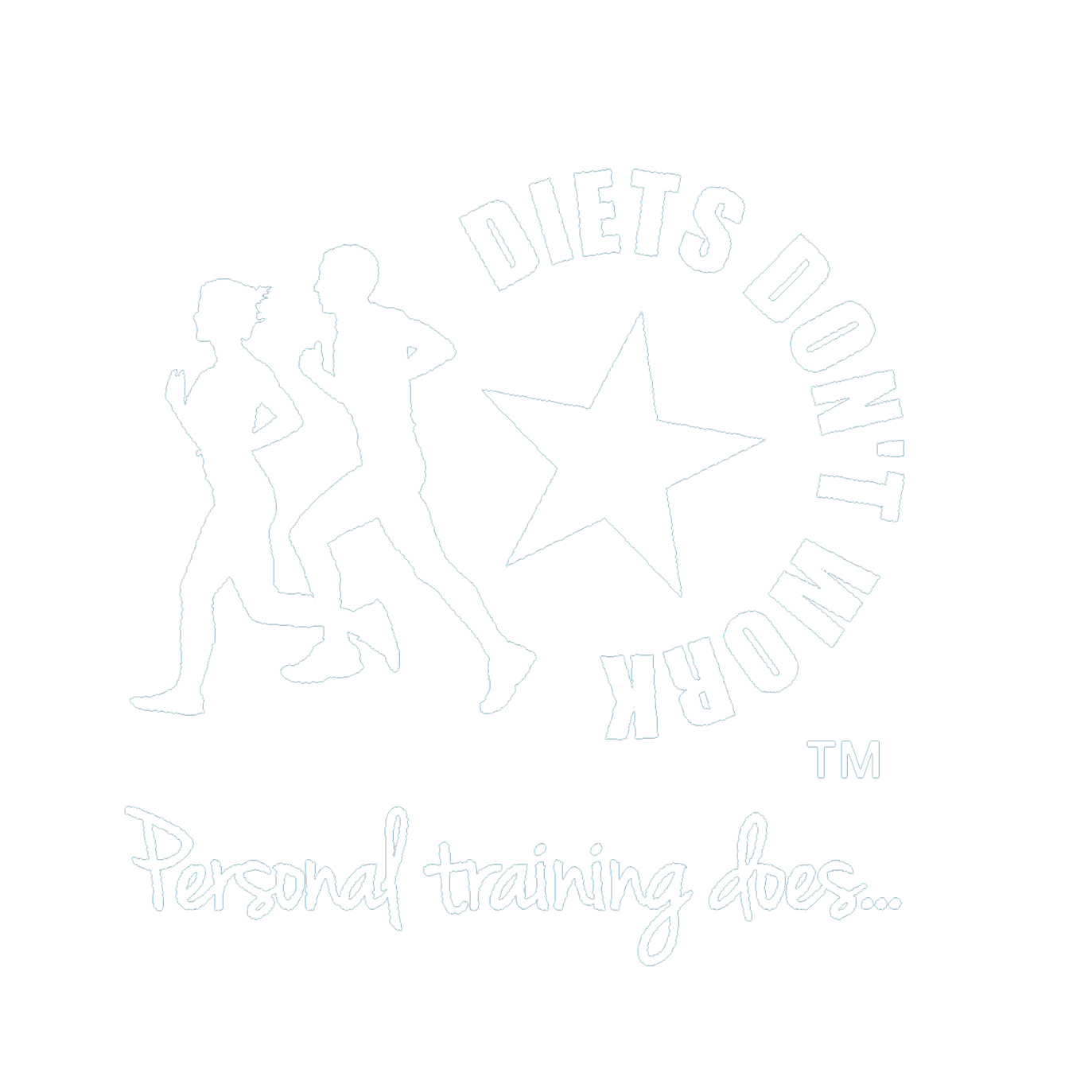
Cardio Vascular and Aerobics
Aerobic fitness is defined as the body’s ability to take up, transport and utilize oxygen. Aerobics and cardio-vascular exercise (running, cycling and swimming type activities) are all about looking after your heart and lungs, as well as improving your energy levels and stamina.
Your heart is working all day every day circulating blood and nutrients to your body. By your 60th birthday, your heart will have beat an incredible 2.2 billion times! Your heart is a muscle (albeit a very specialized one) and like all muscles, it responds and adapts to overload and stimuli by growing stronger and healthier.
Many people believe that exercise has to be hard and grueling to be effective, but moderate exercise for 20 minutes 5 times a week will give you excellent health-related fitness and give your heart a long and healthy life.
Intense CV exercise burns calories for up to 16 hours afterwards
The after-burn from intense cardiovascular exercise makes you use calories long after you workout has finished.
Your heart and lungs have a big influence on your metabolic rate, which defines how much energy you use during the day. After a good quality workout your metabolism remains high for up to 16 hours afterwards, as your body replenishes its oxygen and fuel stores. During this time you are operating predominantly on the oxygen energy system. This energy system uses Glycogen and FAT (see Energy Systems). This means that after a good CV session you will continue burning fat for a good while afterwards.
CV exercise improves mental awareness
Many studies have linked alertness and productivity with levels of physical fitness. One study by a leading American university showed that a 22% increase in fitness resulted in a 70% increase in decision making skill and mental alertness.
Ultimate Stress Management
We are surrounded daily by negative stress. Even short bouts of exercise produce endorphins. These are naturally occurring hormones that enhance feelings of positivity and well being. These endorphins are more powerful than any man-made drug in the control of stress and depression. They are also totally legal!
If you feel particularly clear-headed, energetic and positive after a session then this is the release of endorphins.
Reduce the risk of heart disease and stroke
Stay aerobically fit and you are 6 times less likely to die prematurely from clogged arteries, heart attack and stroke. You also burn high levels of unwanted fat. While resistance training makes your muscles more effective at using fat and toned muscles will push up your metabolism, during moderate to high-intensity aerobic exercise you use up to 10 times as much fat than when at rest. Combine the two for permanent weight loss.
Other proven benefits:
- Larger more efficient heart muscle
- Increases glucose tolerance-great for diabetics
- Increases healthy LDL or “good” cholesterol
- Reduces risk of osteoporosis
Aerobic mythology: exercising slowly burns more fat
One of the most prominent theories popularized by the media in the 1980s was that you burn the most fat by exercising at low-intensity levels. Although correct, this misinterpretation of energy systems should read “exercising at low-intensity burns a higher percentage of fat”. This does not necessarily mean the greatest total amount of fat.
If you refer to the section on Energy Systems you will see that the highest percentage of fat is used by the oxygen system, which operates up to 60% of maximum. So to an extent this statement is true; exercising slowly will burn a higher percentage of fat, which is fine if you have 5 hours a day to jog slowly. However, a higher intensity workout will always burn more total fat; not only do you have to add after-burn, but a higher number of calories from fat will be used. So although a low-intensity session will burn a high percentage of fat, it’s a high percentage from a low total of calories used. A high-intensity workout will burn a lower percentage of fat but from a much high total.
A
High intensity for 20 mins = 400 calories @ 40% fat = 160 cals from fat
B
Low intensity for 20 mins = 200 calories @ 60% fat = 120 cals from fat
A shorter high-intensity workout will also be much more time-effective while putting you under more overload so making you fitter more quickly. It will also raise your metabolic rate for longer after you have finished.
What if it’s too hard?
Don’t worry if you don’t think you can’t run or cycle. For some beginners, a steady walk is enough to reach 60% of maximum effort (the minimum amount required for health and fitness gains). Just find your level and progress from there. The body needs overload to progress, but this only means doing more than you are habitually used to. The less fit you are, the faster the gains will come and lower levels of intensity will still take you into overload. It’s when you get really fit that you will need to introduce a higher level of intensity.
If you are training on your own and are unsure of what level you are working, there is a simple scale that will tell you. The RPE or scale of relative perceived exertion measures effort on a scale of 1-10.
0 – Nothing
2- Light
3 – Moderate
5 – Hard
7 – Very hard
10 – Very very hard.
Am I going fast enough? A good sign to look for is in your breathing: if you can talk freely during exercise then you are at about 2/10. When you transition from nose to mouth breathing and can only talk in short sentences, you are at about 60% – right where you need to be. If you can only talk in single words or not at all, then you are at 8/10 or above, and should only do so if you are at an appropriate level. However, once you get a bit fitter, this high-intensity CV will make you improve very quickly and will also provide all the associated benefits, just in larger doses.
Diets Don’t Work 10 Tips for success
- Go at your pace you’re comfortable with
- Try lots of different things
- Wear comfortable clothing
- Running: ensure you have proper running shoes. Some high street brands can be more fashion than function; try a dedicated running shoe. Asics, Mizuno and Saucony are good brands
- Heel to toe action: try to land on your heel (there is a special fatty pad there designed to absorb shock) and roll the foot before pushing off from the toe
- The first few minutes are always hard, for everyone (even Paula Radcilffe). This is because your body is unsure if the increased demand for oxygen comes from an emergency, so it revs everything up just in case. Be patient, you will soon settle down and find your rhythm
- Don’t overthink it – just get your kit on, step out the door, and see what happens!
- Keep a sense of humour and have fun
- Stay hydrated with small frequent sips of water
- Ensure you warm-up and cool down properly

Recent Comments